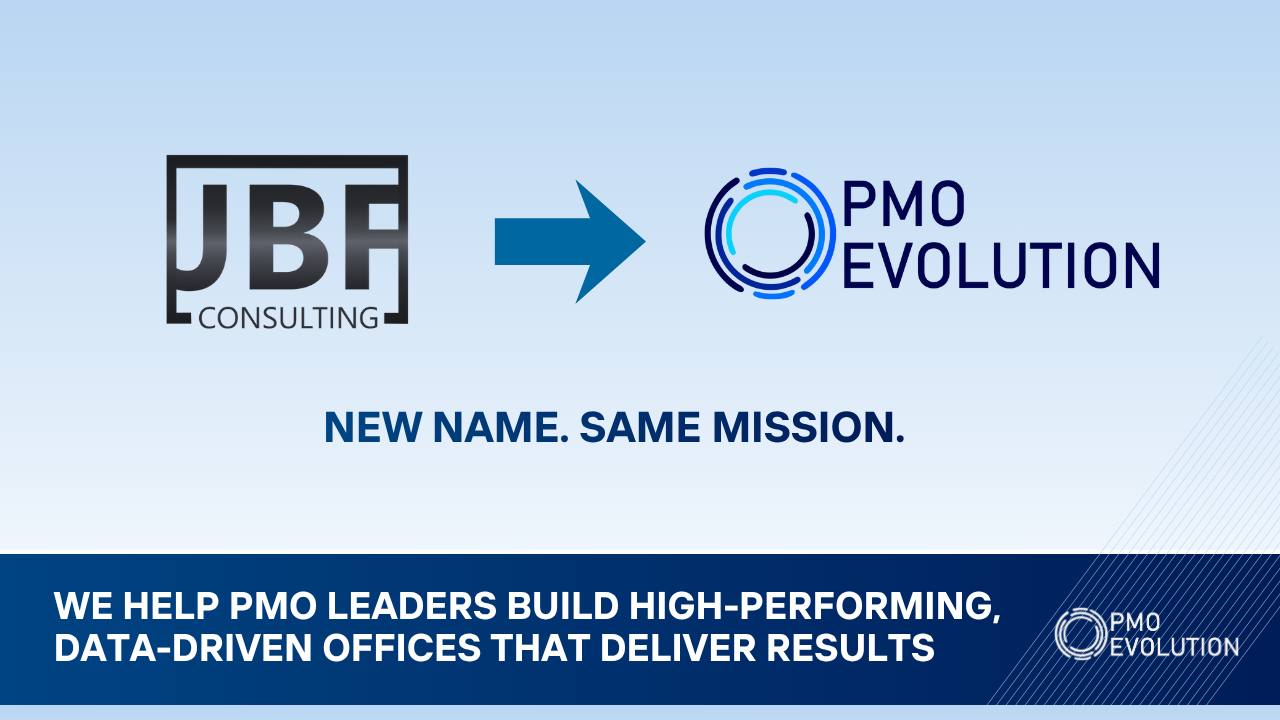Too Many Projects, Not Enough People: How Amanda Took Back Control of Her PMO
Amanda was one of those people you could tell had a sharp mind but carried the weight of constant stress. Over coffee, she vented about the chaos she was dealing with at her company.
“I feel like I’m always firefighting,” she sighed. “No matter how much we plan, there’s always a new ‘urgent’ project, and we’re expected to deliver. The team is exhausted, and I’m not meeting the expectations of senior management.”
Amanda’s frustration was clear. She wasn’t leading a disorganized team. Quite the opposite—her small group of project managers followed a solid delivery methodology, and they were structured in their approach. But the problem wasn’t the team; it was the never-ending influx of projects being pushed from every direction. The company was well-established, financial resources weren’t a limitation, but human resources were a different story.
The Breaking Point
Every day, someone from the executive team would have a new idea—a great opportunity, a strategic move, or an urgent fix that required immediate execution. Projects weren’t just competing for budget; they were competing for people. And people were burning out.
The warning signs were everywhere:
- Team morale was at an all-time low.
- Turnover was climbing fast.
- Projects were slipping, not because of bad planning, but because teams were stretched too thin.
That’s when Amanda decided something had to change. If she couldn’t control the number of project requests, she needed a way to show leadership the real cost of spreading teams too thin.
A New Approach: Mapping Out Resource Demand
Amanda took a step back from the daily firefighting and started looking at the bigger picture. She knew her company didn’t have a structured way to allocate resources across projects—it was mostly gut feeling and availability.
She spent the next few weeks mapping out:
- The actual number of resources needed for each active and upcoming project.
- A consolidated view of resource demand for the next 12 months.
- The current workload and utilization of every project team member.
What she found was staggering: The company didn’t have anywhere near the number of people needed to complete everything on time. The numbers didn’t lie. It was mathematically impossible. And hiring dozens of people just to cover the shortfall wasn’t a viable solution—it would be risky if the market shifted.
The Big Moment: Presenting the Data to Leadership
Amanda prepared a compelling report, using a simple spreadsheet to make it crystal clear. She walked into the next leadership meeting armed with facts, not just complaints.
She laid it out simply:
- The current team was overloaded by 60%.
- If they continued this way, project delays and quality issues would worsen.
- A smarter way to prioritize projects was needed, not just based on strategic value, but also on realistic resource capacity.
Silence filled the room as the executive team absorbed the numbers. It was the first time they had seen their aggressive project ambitions quantified against actual capacity.
Then came the first response. “So, what do we do?”
Amanda had anticipated this. She proposed a structured Resource Management Framework, including:
- Resource Forecasting: A rolling 12-month view of capacity and demand.
- Project Prioritization Based on Value and Feasibility: Leadership would decide which projects to delay, adjust, or cancel based on available talent and benefits to the organization.
- Capacity Planning Conversations: Team leads would be involved earlier in discussions about upcoming initiatives.
- Talent Development Strategy: Instead of constantly overloading staff, they’d proactively train and coach employees for future needs.
The Transformation: A New Way to Work
At first, there was resistance. Would this slow the company down? Would it make it harder to get projects approved? Amanda assured them:
This wasn’t about doing less—it was about doing the right things at the right time with the right people.
Within eight months, the change was undeniable:
- Project delays decreased by 40% because teams weren’t overloaded.
- Employee engagement scores went up because people had a sustainable workload.
- Leadership had a clearer decision-making framework and no longer approved projects without understanding resource implications.
Most importantly, Amanda finally felt like she was leading, not just reacting. She wasn’t just keeping projects afloat—she was ensuring long-term success for her company and her team.
Are You Facing the Same Challenge?
Amanda’s story is not unique. Many PMO leaders are stuck in a cycle of constant firefighting because projects keep getting added without considering whether the organization can realistically deliver them. If this sounds familiar, you don’t have to struggle alone.
If you’d like to explore how resource management can transform your PMO, let’s chat. We’d be happy to share insights and strategies to help you take control of your project portfolio and build a sustainable, high-performing team. Reach out to us, and let’s start the conversation.







